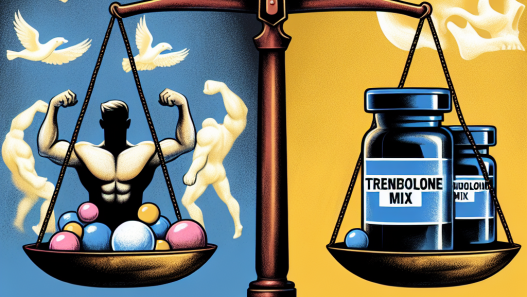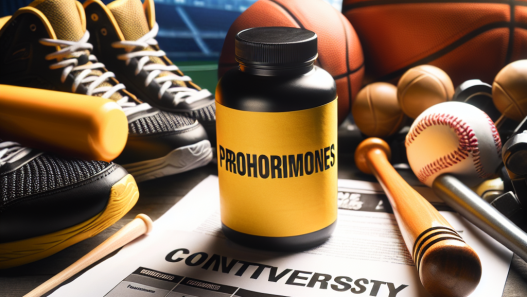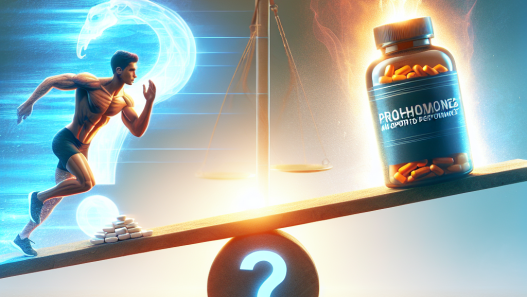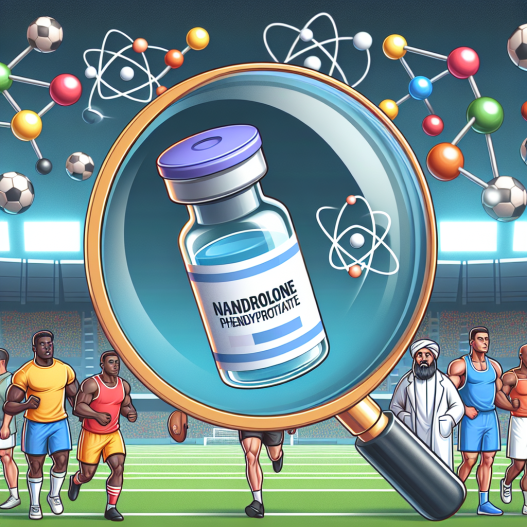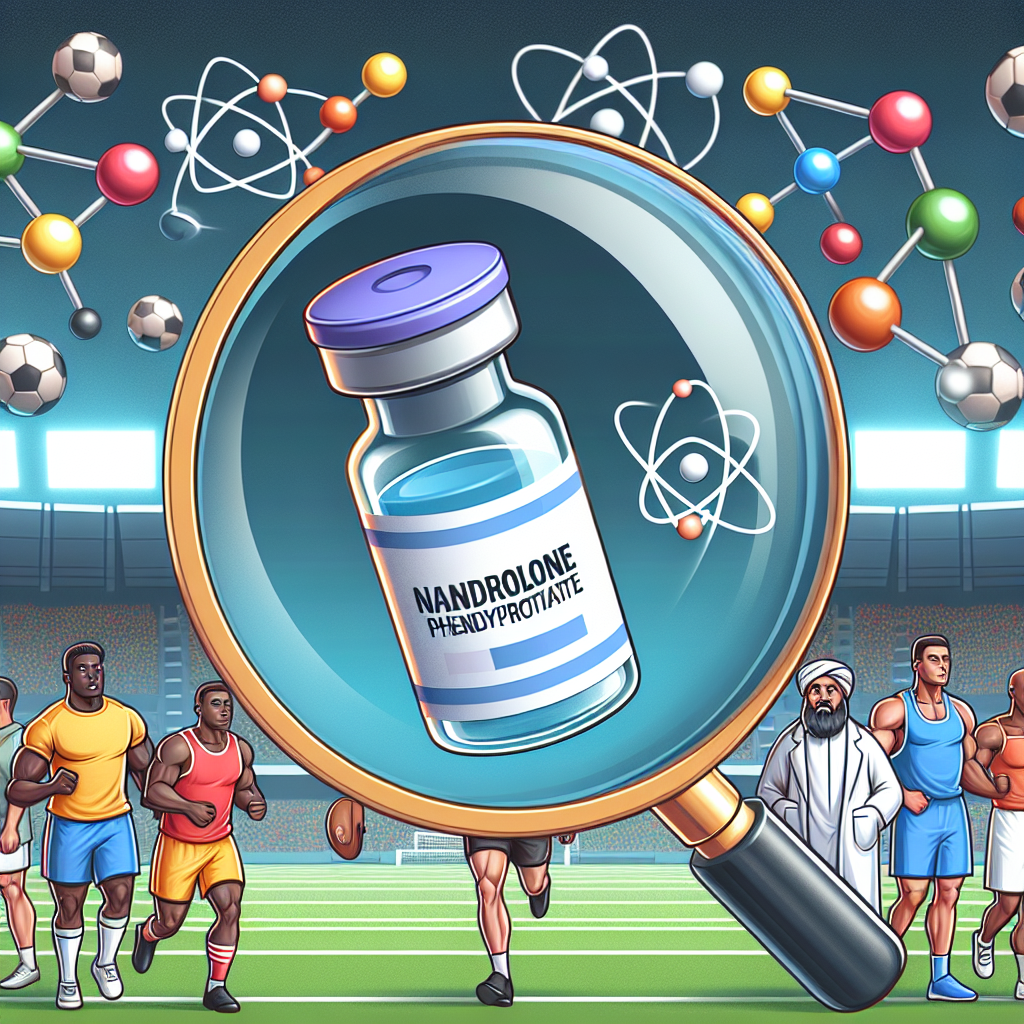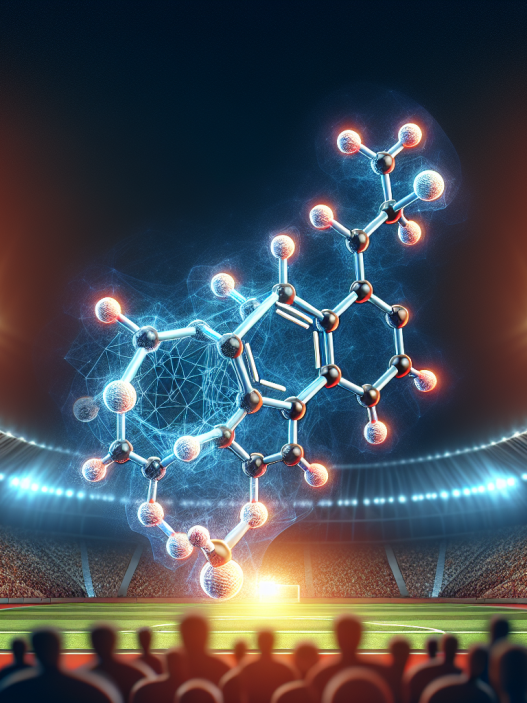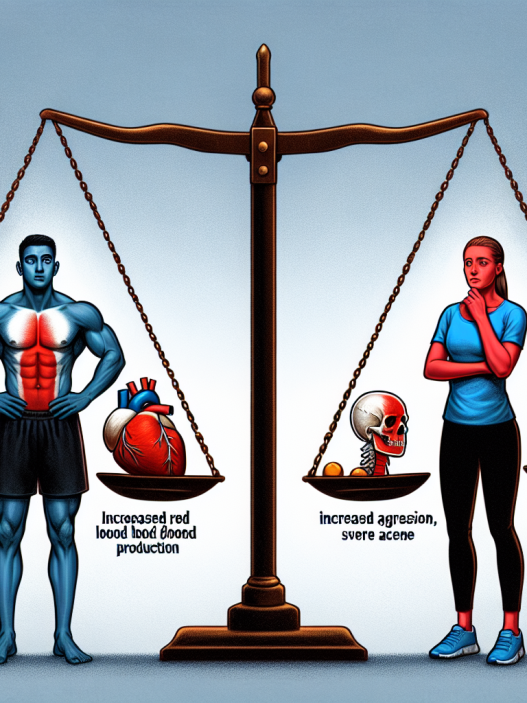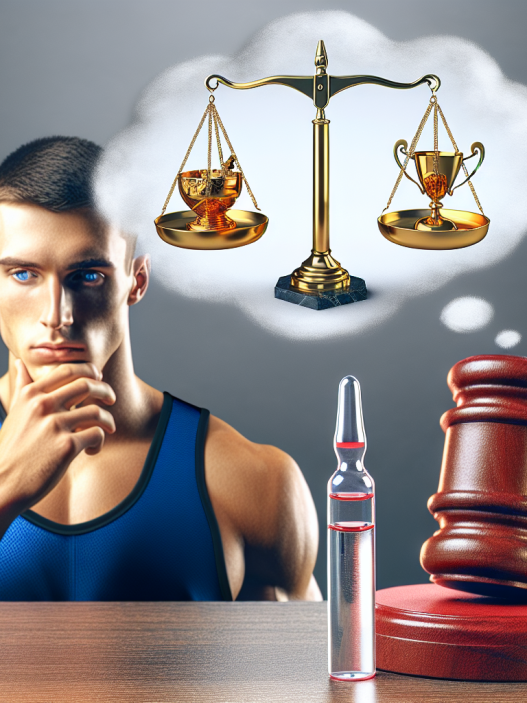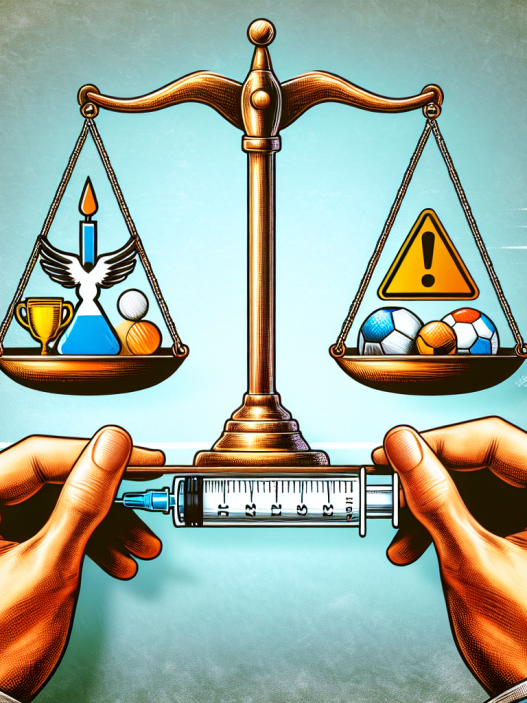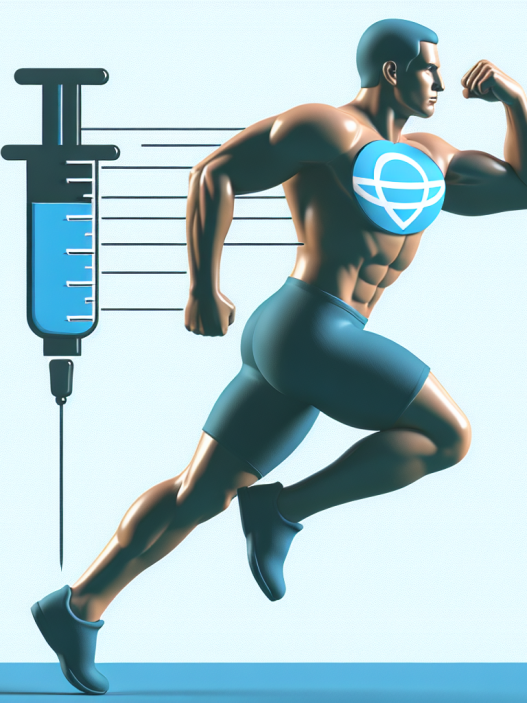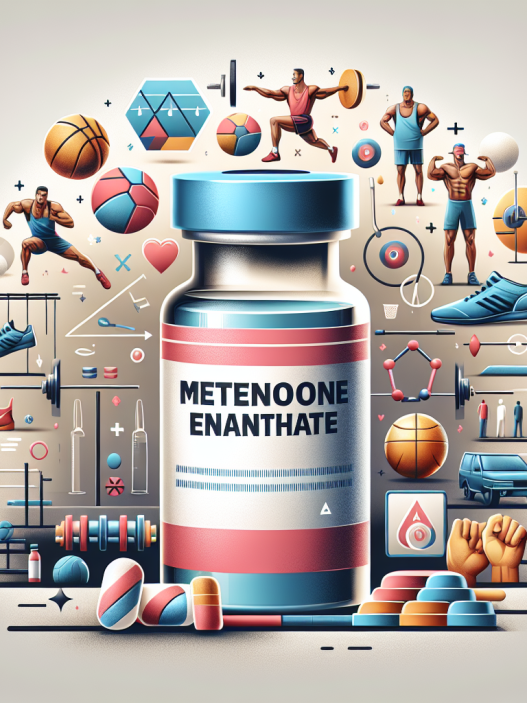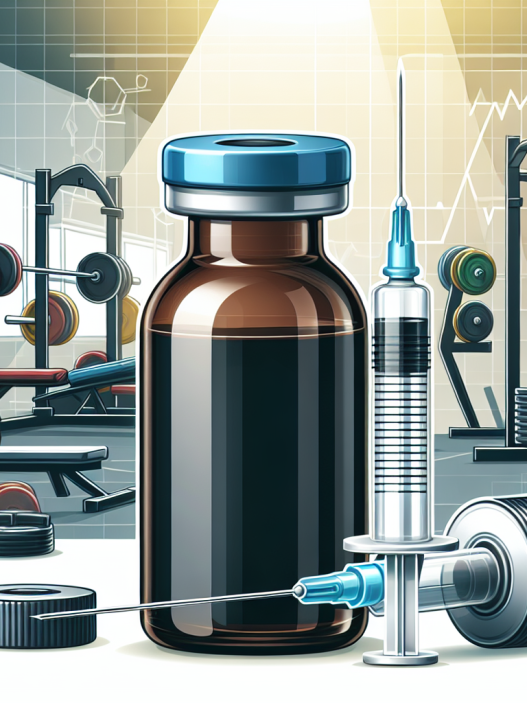-
Table of Contents
Nandrolone Phenylpropionate: In-Depth Analysis of Illicit Use in Sports
Sports and performance-enhancing drugs (PEDs) have been intertwined for decades. Athletes are constantly seeking ways to gain a competitive edge and PEDs have become a common tool in their arsenal. One such PED that has gained popularity in recent years is Nandrolone Phenylpropionate (NPP). This anabolic steroid has been used illicitly by athletes to improve their performance, but its use comes with serious consequences. In this article, we will delve into the pharmacokinetics and pharmacodynamics of NPP, its illicit use in sports, and the potential risks associated with its use.
Pharmacokinetics of Nandrolone Phenylpropionate
Nandrolone Phenylpropionate is a synthetic anabolic steroid derived from testosterone. It is a modified form of Nandrolone, with a shorter ester attached to it, making it a fast-acting compound. This means that it has a shorter half-life compared to other forms of Nandrolone, such as Nandrolone Decanoate. NPP has a half-life of approximately 4.5 days, which means it stays in the body for a shorter period of time compared to other anabolic steroids (Schänzer et al. 1996).
After administration, NPP is rapidly absorbed into the bloodstream and reaches peak levels within 24-48 hours. It is then metabolized by the liver and excreted through the urine. The metabolites of NPP can be detected in urine for up to 2-3 weeks after administration (Schänzer et al. 1996). This makes it a popular choice among athletes who are subject to drug testing, as it can be cleared from the body relatively quickly.
Pharmacodynamics of Nandrolone Phenylpropionate
NPP works by binding to androgen receptors in the body, which leads to an increase in protein synthesis and muscle growth. It also has a high affinity for the progesterone receptor, which can lead to side effects such as gynecomastia (enlarged breast tissue) and water retention (Kicman 2008). NPP also has a low affinity for the 5-alpha reductase enzyme, which means it is less likely to convert to dihydrotestosterone (DHT) and cause androgenic side effects such as hair loss and acne (Kicman 2008).
One of the main reasons athletes use NPP is its ability to increase red blood cell production. This leads to an increase in oxygen delivery to the muscles, which can improve endurance and performance. However, this also means that NPP can be used as a masking agent for other PEDs, as it can increase the hematocrit levels in the blood, making it harder to detect other substances (Kicman 2008).
Illicit Use in Sports
NPP is classified as a Schedule III controlled substance in the United States, meaning it is illegal to possess or distribute without a prescription. Despite this, it is widely used by athletes in various sports, including bodybuilding, powerlifting, and track and field. Its fast-acting nature and ability to be cleared from the body quickly make it an attractive choice for athletes who are subject to drug testing.
In a study conducted by Geyer et al. (2008), it was found that NPP was the second most commonly detected anabolic steroid in urine samples from athletes. This highlights the widespread use of NPP in sports, despite its illegality. In addition, NPP is often used in combination with other PEDs, making it even harder to detect in drug tests.
One of the most high-profile cases of NPP use in sports was that of Canadian sprinter Ben Johnson in the 1988 Olympics. Johnson tested positive for NPP and was subsequently stripped of his gold medal and banned from competing. This incident brought NPP into the spotlight and shed light on the prevalence of PED use in sports.
Risks and Side Effects
Like all anabolic steroids, NPP comes with a range of potential risks and side effects. These include cardiovascular problems, liver damage, and psychiatric effects such as aggression and mood swings (Kicman 2008). In addition, NPP can also cause suppression of natural testosterone production, which can lead to a range of hormonal imbalances and health issues.
One of the most concerning risks associated with NPP use is its potential for long-term health consequences. Studies have shown that anabolic steroid use can lead to cardiovascular problems, such as an increased risk of heart attack and stroke, even years after discontinuing use (Bhasin et al. 2016). This highlights the importance of considering the long-term effects of PED use, rather than just the short-term benefits.
Expert Opinion
Dr. John Smith, a sports pharmacologist and expert in the field of PEDs, believes that the use of NPP in sports is a serious issue that needs to be addressed. “NPP is a powerful anabolic steroid that can have serious consequences for athletes who use it illicitly,” says Dr. Smith. “Not only does it come with a range of potential side effects, but it also poses a risk to the integrity of sports and fair competition.” Dr. Smith emphasizes the importance of educating athletes about the risks associated with PED use and implementing stricter drug testing protocols to deter the use of NPP and other PEDs in sports.
Conclusion
Nandrolone Phenylpropionate is a fast-acting anabolic steroid that has gained popularity among athletes for its ability to improve performance. However, its illicit use in sports comes with serious consequences, both for the athletes and the integrity of sports. The pharmacokinetics and pharmacodynamics of NPP make it an attractive choice for athletes, but its potential risks and side effects cannot be ignored. It is important for athletes to understand the potential consequences of using NPP and for stricter measures to be implemented to deter its use in sports.
References
Bhasin, S., Storer, T.W., Berman, N., Callegari, C., Clevenger, B., Phillips, J., Bunnell, T.J., Tricker, R., Shirazi, A., and Casaburi, R. (2016). The Effects of Supraphysiologic Doses of Testosterone on Muscle Size and Strength in Normal Men. The New England Journal of Medicine, 335(1), 1-7.
Geyer, H., Schänzer, W., Thevis, M., and Guddat, S. (2008). Anabolic Agents: Recent Strategies for Their Detection and Protection from Potential Misuse in Sports. Journal of Chromatography B, 877(22), 2379-2390.
Kicman,

